Epiploic Appendagitis Treatment Emedicine
Epiploic appendagitis treatment emedicine. O achado clínico mais freqüente é dor em quadrante inferior esquerdo. Epiploic appendagitis is a benign and self-limited condition 12. Physicians often merely prescribe an analgestic or painkiller.
Inaccurate diagnosis can lead to unnecessary hospitalizations antibiotic therapy and surgical intervention 3-6. In this case the diagnosis of epiploic appendagitis using CT allowed the patient to avoid surgery and other invasive treatment and the patient was eventually discharged on conservative medical management. If not diagnosed correctly epiploic appendagitis can result in unnecessary hospital admission and patient workup antibiotic use dietary restrictions and perhaps even unnecessary surgery.
The treatment is mainly aimed at the symptoms caused by it. This means it goes away on its own without treatment. Although epiploic appendagitis can cause significant pain doctors can easily treat.
Non-steroidal anti-inflammatory medications are the first line for pain relief for symptoms associated with epiploic appendagitis. Anti-inflammatory NSAIDs or pain medication Recommended as symptomatic treatment pain discomfort Laparoscopic surgery Only recommended in patients who suffer from constant recurrences The. Clinical presentation includes acute localized non-migrating pain without fever nausea vomiting or diarrhea and the laboratory workup is usually within normal limits.
Epiploic appendagitis is the inflammatory response of an appendage to infarction or spontaneous venous thrombosis. Treatment consists of reassurance of the patient and analgesics. The inflammation of the epiploic appendages normally resolves on its own for most patients.
EA can resolve itself in as little as three days although resolution can take up to two weeks in some cases. A CT scan provides a. PEA most commonly affects obese male patients in the 4th and 5th decade of life.
These are the recommended methods of treatment for epiploic appendagitis. This may include pain medications to control the pain and NSAIDs to calm down the inflammation.
Treatment was laparoscopic excision n 8 excision via conventional laparotomy n 1 and conservative therapy n 1.
This means it goes away on its own without treatment. A CT scan provides a. EA can resolve itself in as little as three days although resolution can take up to two weeks in some cases. O achado clínico mais freqüente é dor em quadrante inferior esquerdo. As stated Epiploic Appendagitis is a benign and self limiting condition and does not require any form of treatment. Very rarely an inflamed epiploic appendage may develop abscess needing intravenous antibiotics and in very small cases surgery. Anti-inflammatory NSAIDs or pain medication Recommended as symptomatic treatment pain discomfort Laparoscopic surgery Only recommended in patients who suffer from constant recurrences The. O diagnóstico é obtido por meio da tomografia computadorizada. Inaccurate diagnosis can lead to unnecessary hospitalizations antibiotic therapy and surgical intervention 3-6.
A CT scan provides a. Diagnostic accuracy varies by sex with a range of 78-92 in male patients and 58-85 in female patients. Treatment was laparoscopic excision n 8 excision via conventional laparotomy n 1 and conservative therapy n 1. These are the recommended methods of treatment for epiploic appendagitis. If not diagnosed correctly epiploic appendagitis can result in unnecessary hospital admission and patient workup antibiotic use dietary restrictions and perhaps even unnecessary surgery. Treatment consists of reassurance of the patient and analgesics. Although epiploic appendagitis can cause significant pain doctors can easily treat.


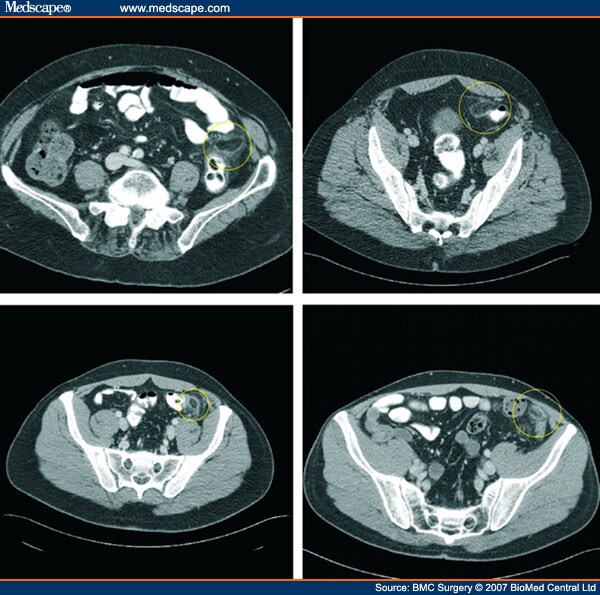
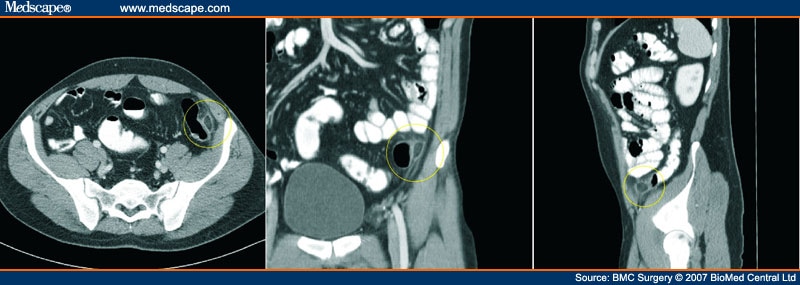
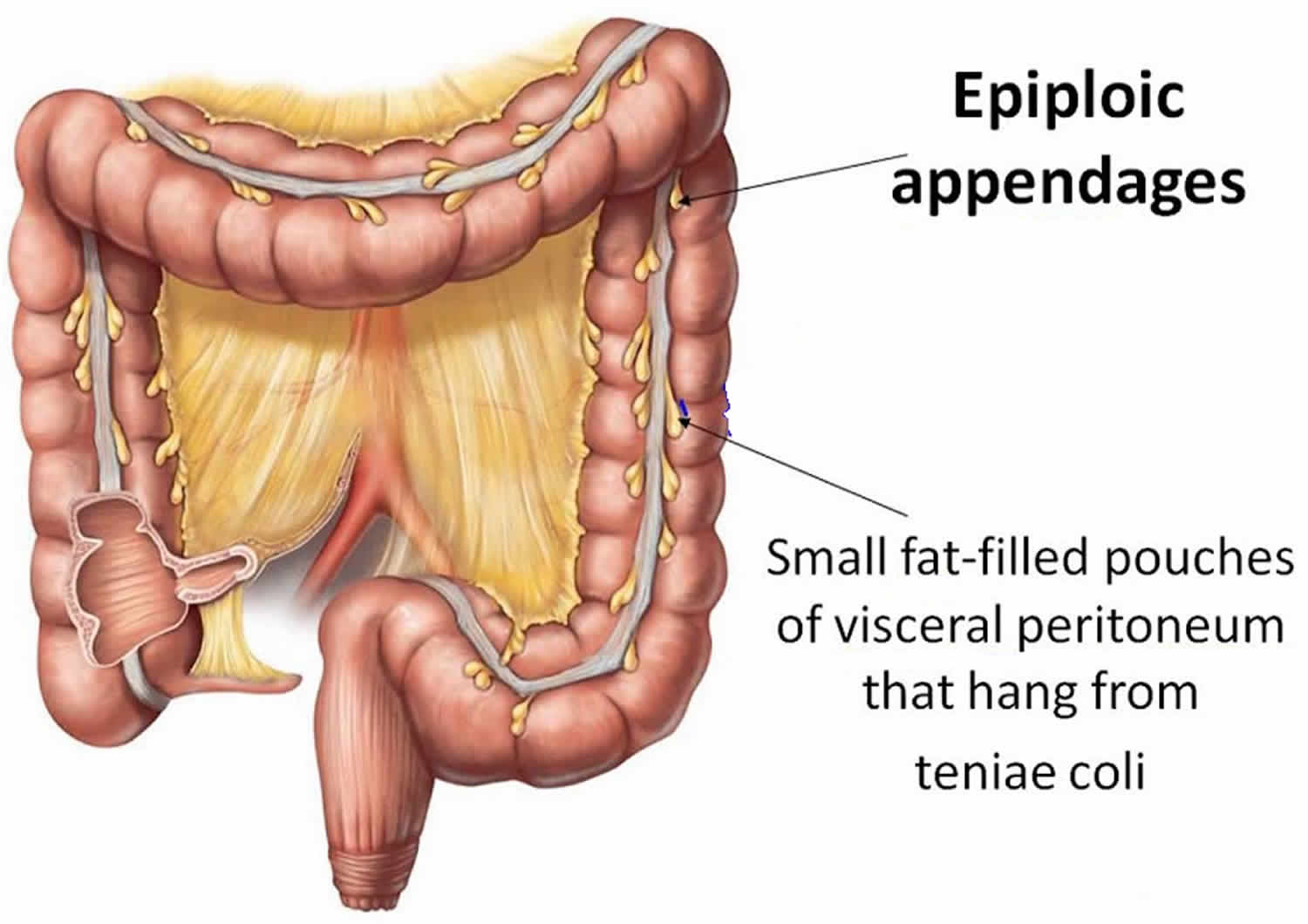
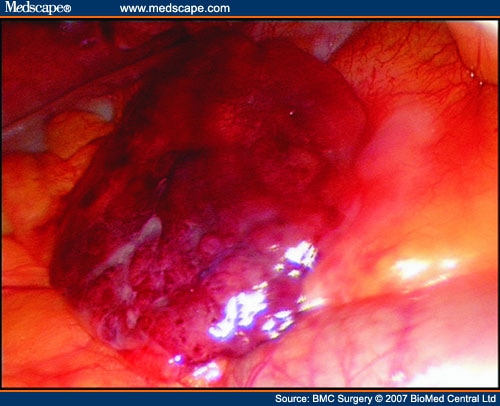




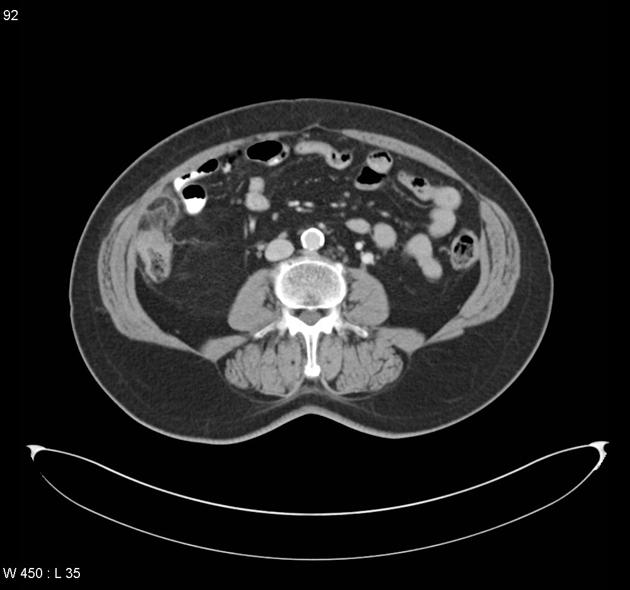

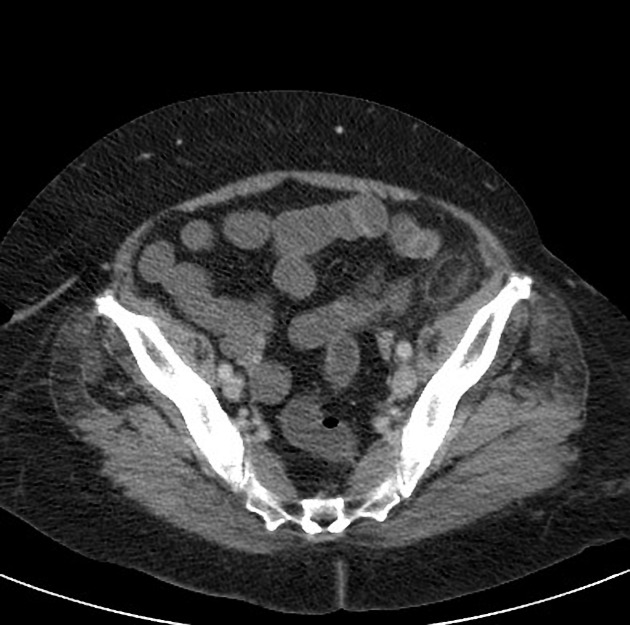
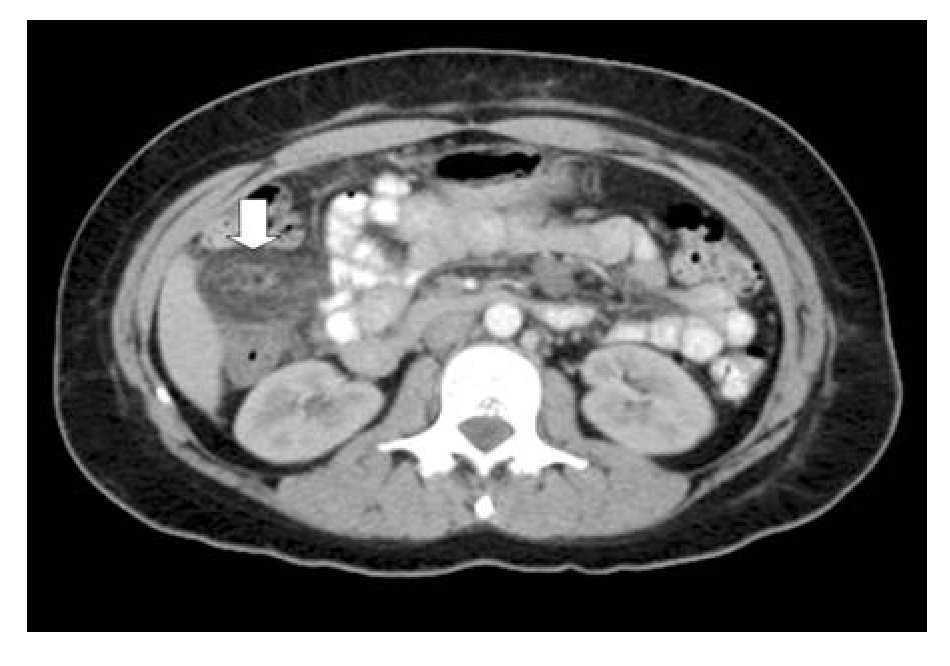
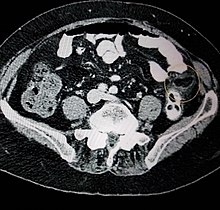


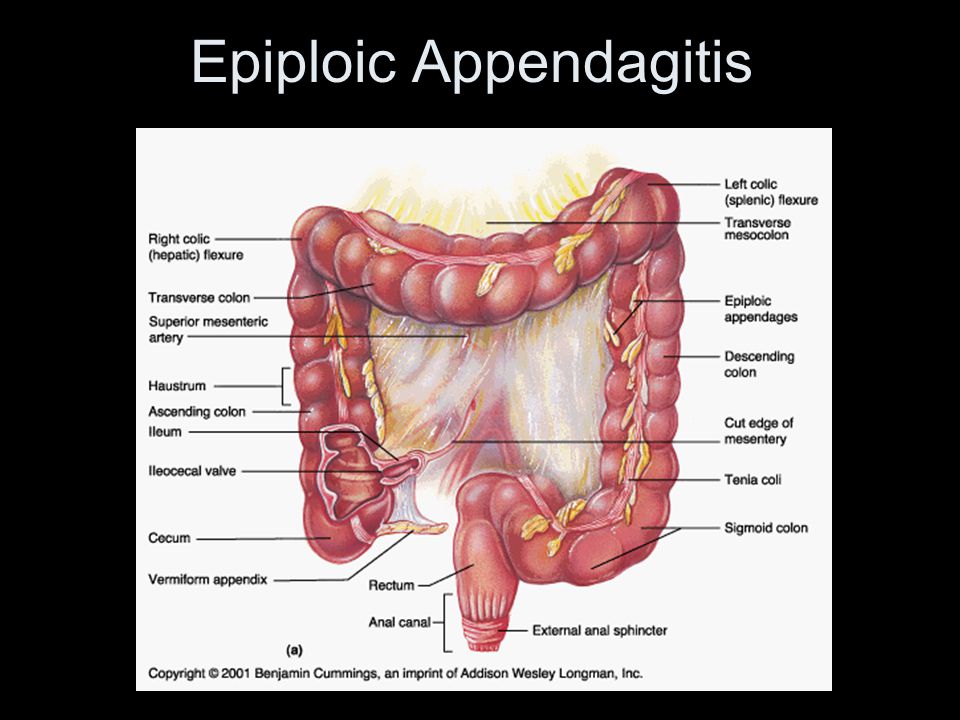



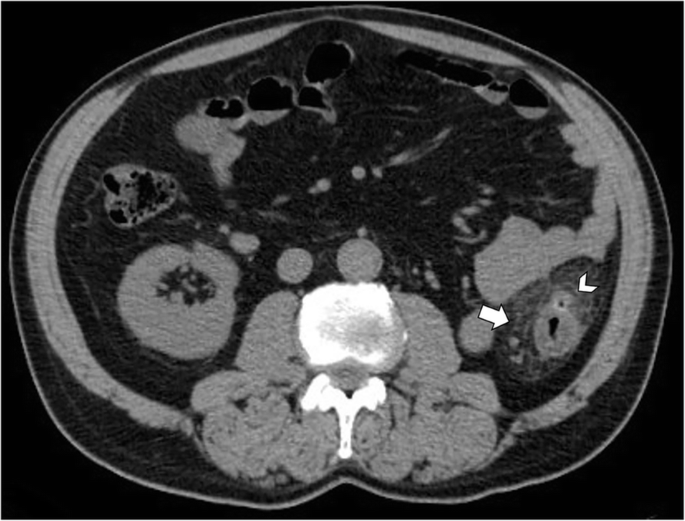







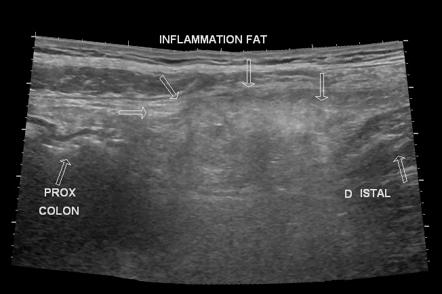

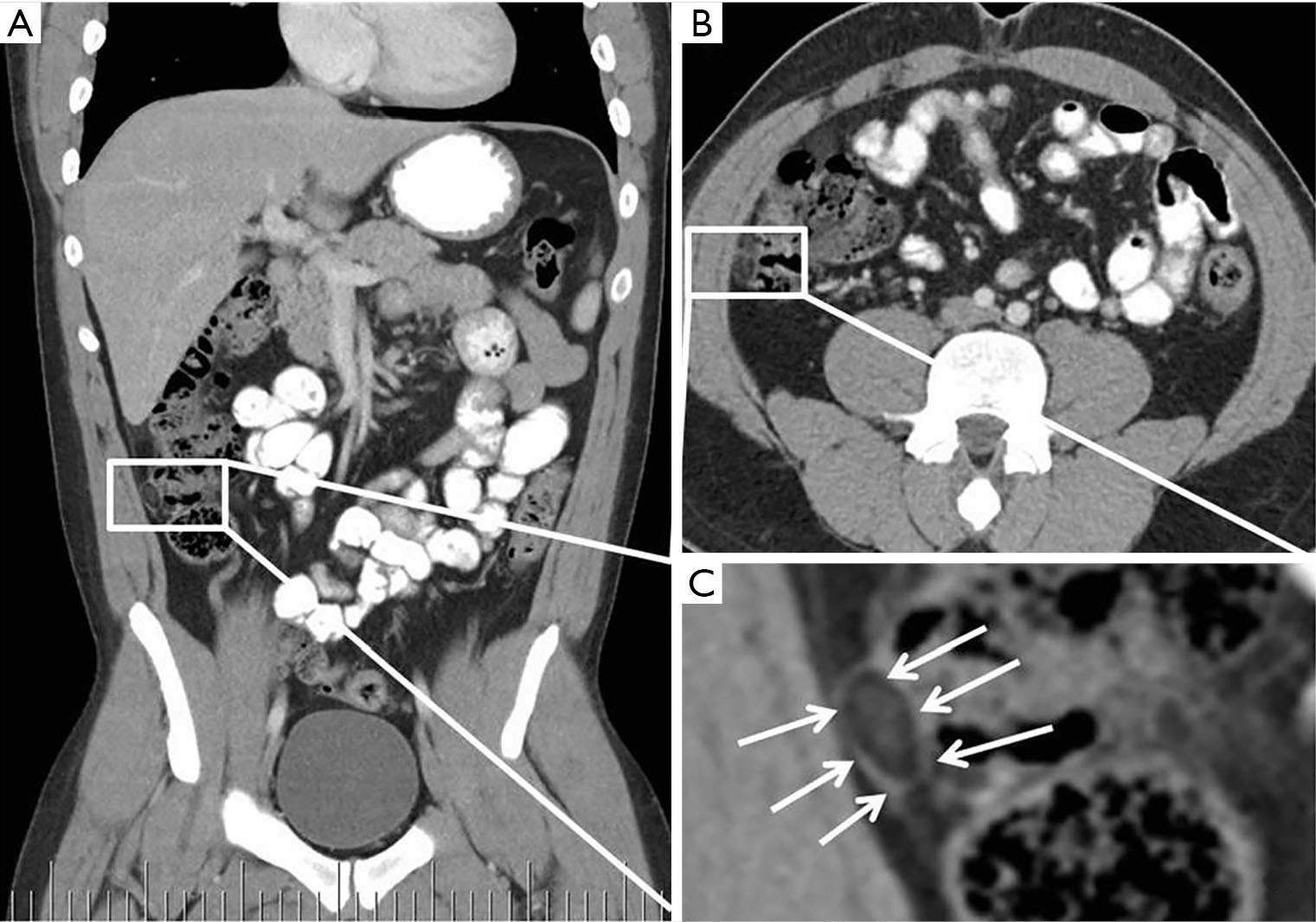
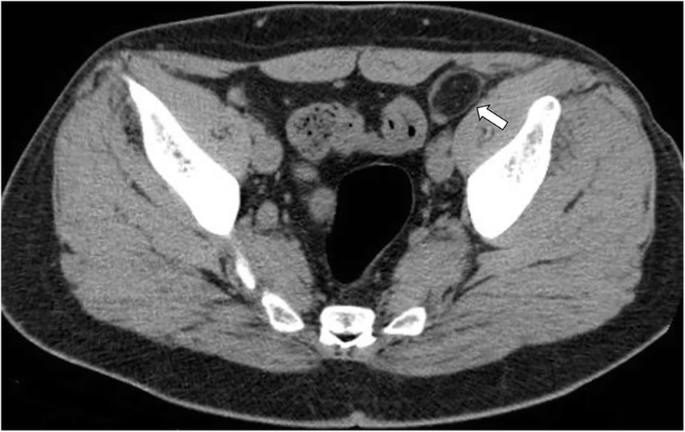







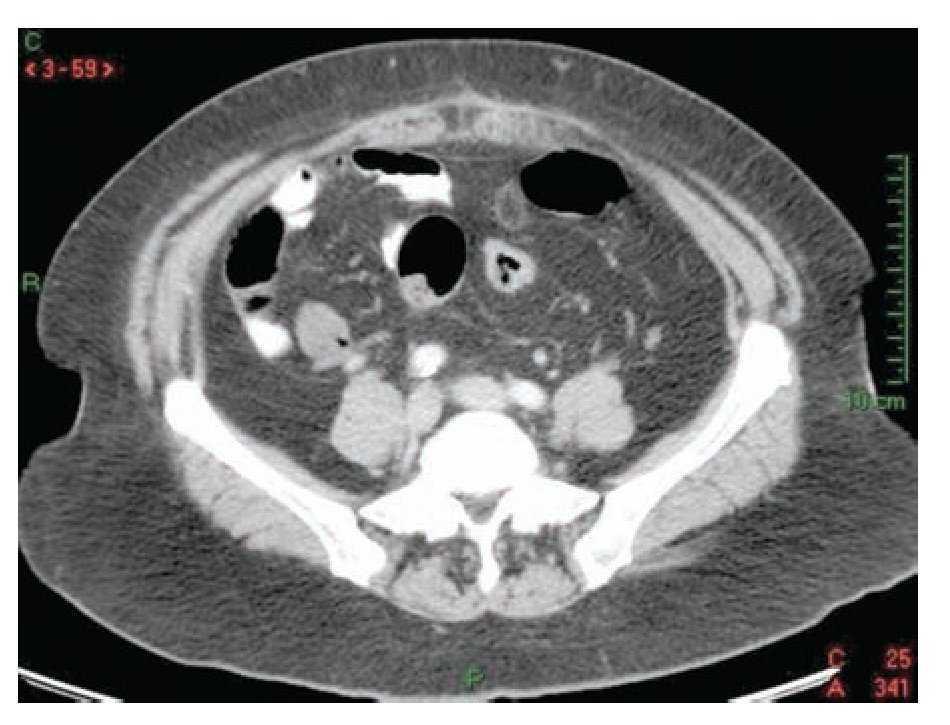





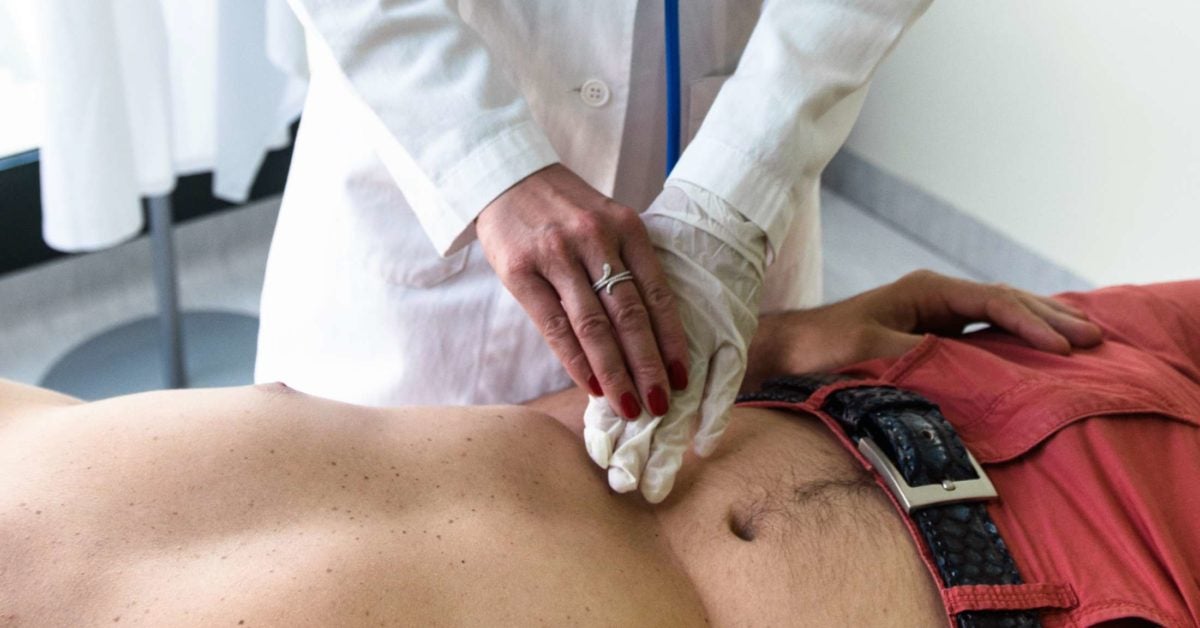
Post a Comment for "Epiploic Appendagitis Treatment Emedicine"